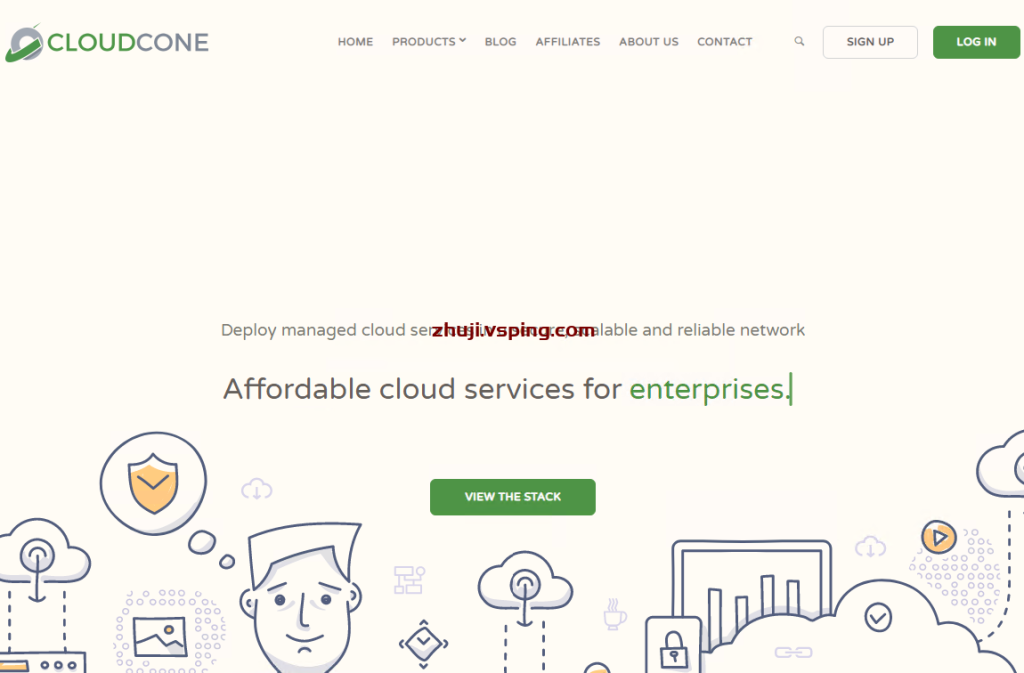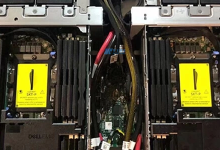新加坡服务器怎样逐层防范安全威胁
在使用服务器的时候,确保安全性是最为重要的一点。因为服务器的不安全性可能会影响到网站的整体性能和数据安全,严重时可能提供者业务的可用性也会受到影响。因此,保持服务器安全是运维人员的一项重要任务。本文将介绍如何逐层防范服务器的安全威胁,以新加坡服务器为例。
Perimeter Defense
服务器安全的第一道防线是边界防御。这种防御方式一般是通过网络防火墙、入侵检测系统和入侵防御系统来实现的,来防止未经授权的访问和攻击。如果使用云服务器,提供商通常会提供一些防护措施。然而,我们也需要在服务器上安装安全软件如防火墙和杀毒软件,以确保服务器本身也有较好的保障。同时,我们还需要对从服务器到访客所需经过的每个中间系统加以保护。
Access Control
访问控制是服务器安全的另一个重要层面。设置访问控制,可以确保只有得到安全认证的人员才能访问服务器。这包括IPC/iDRAC/iLO和SSH等反向代理通道、登录和其他操作,以及所有执行系统操作的验证。最好使用多重身份验证,比如密码和密钥、双因素验证和生物识别等强制措施。
Patch Management
系统漏洞是服务器最严重的安全威胁之一。黑客可以利用漏洞对服务器进行攻击和访问,而且常常可以获得高级权限必要的特权。因此,及时底滋漏洞是必要的。这就需要对服务器的操作系统、应用和其他软件进行定期的补丁管理。这可以通过自动更新程序来完成。
Server Hardening
服务器硬化是另一种增加服务器安全性的方法。硬化应包括关闭不必要的服务、限制访问、设置安全策略、禁用ROOT以及封禁某些服务的端口和功能等企图减轻在运行中可能遇到安全问题的服务。
Data Protection
在确保服务器安全的同时,保护数据的安全也是非常必要的。建议对数据进行加密存储,如文件和数据库。此外,我们还可以使用中DB一类的数据备份和冷备份,来保证数据在出现故障时可以更快的恢复。
Conclusion
在使用新加坡服务器时,我们需要采取逐层防御的机制,保障服务器的安全性,包括:边界防御、访问控制、补丁管理、服务器的硬化、数据的安全和备份。这些方法可以基本确保服务器不受威胁,在服务稳定性方面也更容易实现。
How to Layer Defend against Security Threats on Singapore Servers?
When using servers, ensuring security is the most important thing. The lack of security of the server may affect the overall performance and data security of the website, and in severe cases, the availability of the provider’s business may also be affected. Therefore, keeping the server safe is an important task for operators. This article will introduce how to layer defend against security threats, using Singapore servers as an example.
Perimeter Defense
The first line of defense for server security is perimeter defense. This defense is generally achieved through network firewalls, intrusion detection systems, and intrusion prevention systems to prevent unauthorized access and attacks. If using cloud servers, the provider usually provides some protection measures. However, we also need to install security software such as firewalls and anti-virus software on the server to ensure that the server itself is also well protected. At the same time, we also need to protect each intermediate system that needs to be passed from the server to the visitor.
Access Control
Access control is another important aspect of server security. Setting access control can ensure that only authenticated personnel can access the server. This includes reverse proxy channels, login and other operations such as IPC/iDRAC/iLO and SSH, and authentication for all system operations. It is best to use multi-factor authentication, such as passwords and keys, two-factor authentication, and biometrics.
Patch Management
System vulnerabilities are one of the most serious security threats to servers. Hackers can use vulnerabilities to attack and access servers, and often gain privileged privileges necessary. Therefore, it is necessary to patch vulnerabilities in a timely manner. This requires regular patch management of the server’s operating system, applications, and other software. This can be done using automatic update programs.
Server Hardening
Server hardening is another way to increase server security. Hardening should include turning off unnecessary services, restricting access, setting security policies, disabling ROOT, and blocking certain service ports and features to attempt to mitigate security issues that might be encountered during operation.
Data Protection
Ensuring the security of data is also essential while ensuring server security. It is recommended to encrypt data storage, such as files and databases. Additionally, we can use data backups and cold backups such as RDB to ensure that data can be restored more quickly in the event of a failure.
Conclusion
When using Singapore servers, we need to use a mechani** of layer defense to ensure server security, including perimeter defense, access control, patch management, server hardening, data security, and backup. These methods can basically guarantee that the server is not threatened, and also make it easier to achieve service stability.
10 79 86 05 53

 国外主机测评 - 国外VPS,国外服务器,国外云服务器,测评及优惠码
国外主机测评 - 国外VPS,国外服务器,国外云服务器,测评及优惠码















